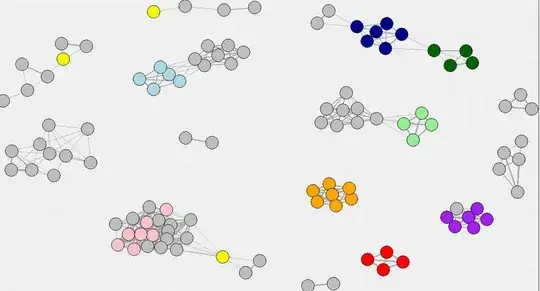i am working to create a mapping of the adjacencies between 100 consumer goods. I have created an adjacency matrix based on product characteristics, and then create an i-graph of the graph/network (using tkplot / igraph)
I am using the fruchterman reingold force-directed mapping algo to place the vertices, and get a nice picture of a 8-10 connected cliques.
Probably partly due to lack of understanding on how forec-directed mapping algos really work(and maybe should require me to do a lot more basic studying), but does the positioning of different cliques across the "page" by the fruchterman-rheingold algorhytm contain any information. E.g. - does the fact that i have two cliques in the bottom right corner, a small clique in the middle and a massive clique in the top left corner say anything about the characteristics / similarities between these cliques, or is just random spacing across the space to improve visual clarity?
Apologies if not clear - W
